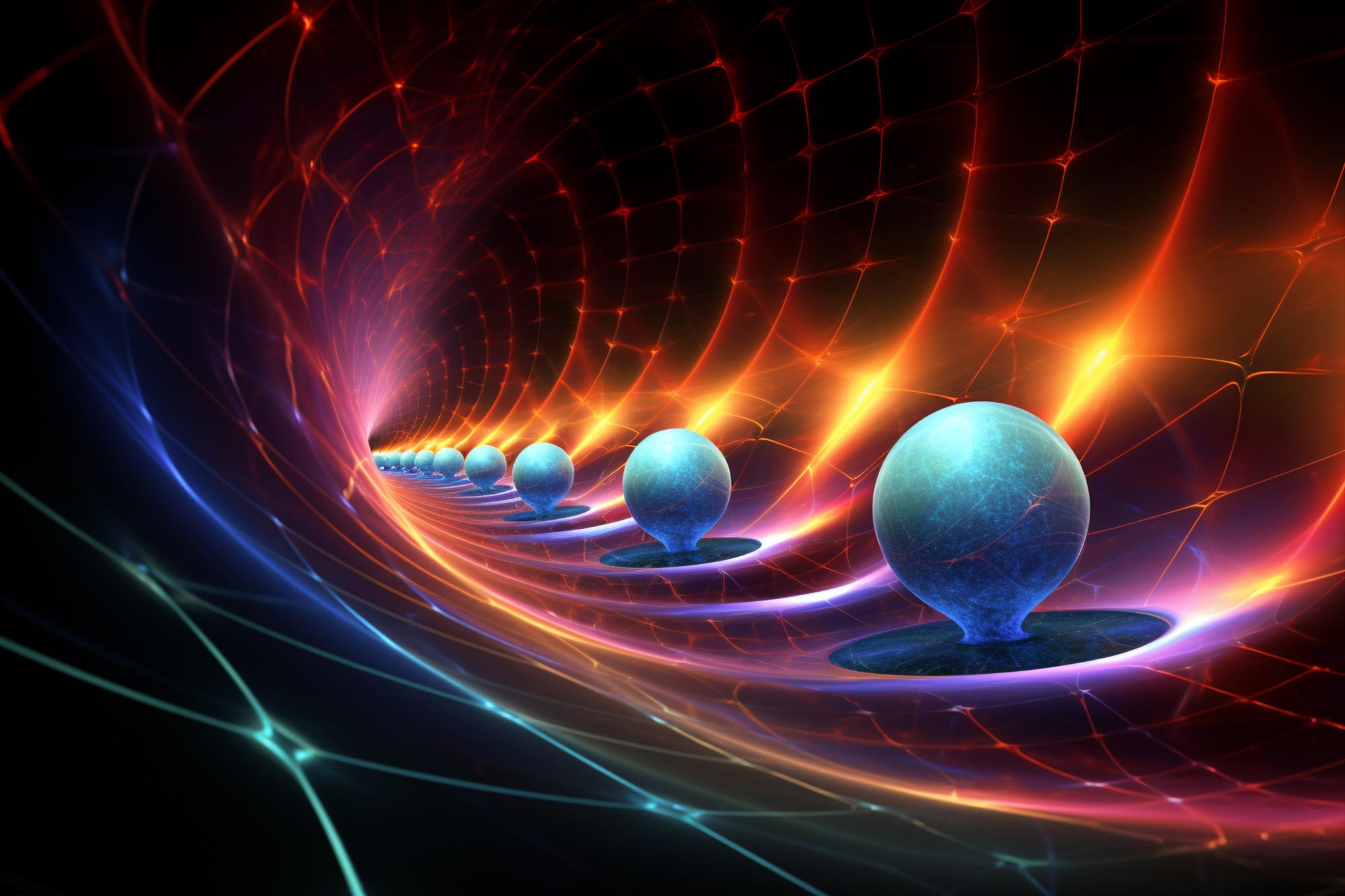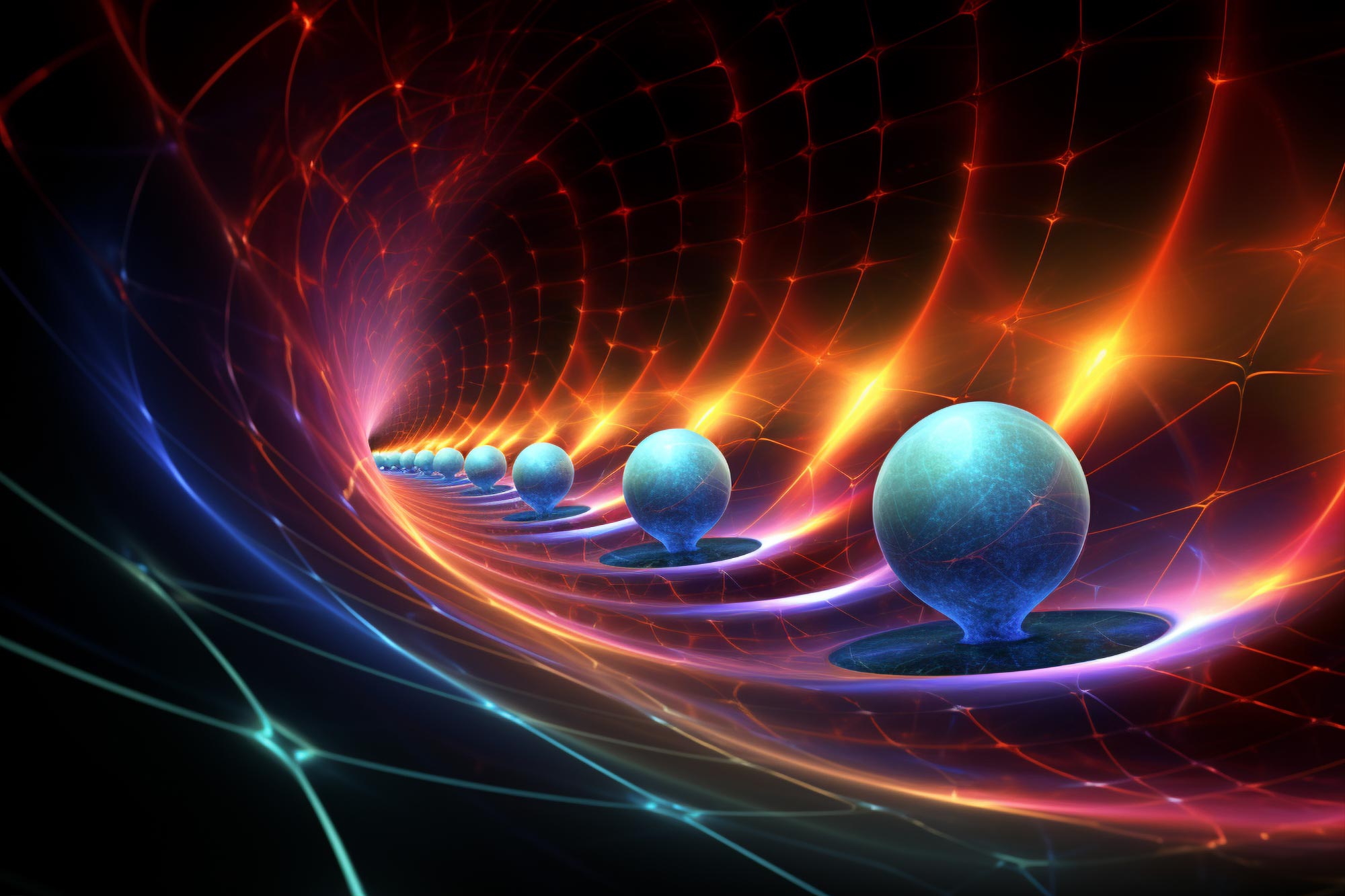

Araştırmacılar, fizikteki temel bir varsayımı benzeri görülmemiş bir doğrulukla doğruladılar – ağırlık, atalet ve yerçekimi gibi kütlenin çeşitli özelliklerinin, söz konusu kütlenin spesifik bileşimi ne olursa olsun her zaman eşdeğer olduğu. Bu, Einstein’ın görelilik kuramı için gerekli olan denklik ilkesini güçlendirir ve klasik fizik ile kuantum fiziği arasındaki kritik fark noktasını ele alır.
Hannover Leibniz Üniversitesi ve Bremen Üniversitesi’nden araştırma ekipleri, başka bir eşdeğerlik ilkesini onaylıyor.
Bilim adamları, tüm kütle özelliklerinin eşit olduğunu 100 kat daha fazla doğrulukla doğrulamak için yarım asırlık ay lazer mesafe verilerini kullandılar. Bu bulgu Einstein’ın izafiyet teorisinin temel taşlarından biri olan denklik ilkesini büyük ölçüde destekler niteliktedir.
Temel fiziğin en temel varsayımlarından biri, kütlenin farklı özelliklerinin -ağırlık, atalet ve yerçekimi- birbirlerine göre her zaman aynı kaldığıdır. Bu eşdeğerlik olmasaydı, Einstein’ın görelilik kuramı çelişkili olurdu ve mevcut fizik ders kitaplarının yeniden yazılması gerekirdi. Bugüne kadarki tüm ölçümler eşdeğerlik ilkesini doğrulasa da, kuantum teorisi bir ihlal olması gerektiğini varsayar. Einstein’ın yerçekimi teorisi ile modern kuantum teorisi arasındaki bu tutarsızlık, denklik ilkesinin daha titiz testlerinin özellikle önemli olmasının nedenidir.
Bremen Üniversitesi’ndeki Uygulamalı Uzay Teknolojisi ve Mikro Yerçekimi Merkezi’nden (ZARM) bir ekip, Hannover Leibniz Üniversitesi’ndeki Jeodezi Enstitüsü (IfE) ile işbirliği içinde, 100 kat daha büyük olduğunu başarıyla gösterdi.[{” attribute=””>accuracy that passive gravitational mass and active gravitational mass are always equivalent – regardless of the particular composition of the respective masses. The research was conducted within the framework of the Cluster of Excellence “QuantumFrontiers.” On July 13, the team published their findings as a highlights article in the scientific journal Physical Review Letters.

Binary system Earth-Moon. Credit: AEOS Medialab, ESA 2002
Physical context
Inertial mass resists acceleration. For example, it causes you to be pushed backward into your seat when the car starts. Passive gravitational mass reacts on gravity and results in our weight on Earth. Active gravitational mass refers to the force of gravitation exerted by an object, or more precisely, the size of its gravitational field. The equivalence of these properties is fundamental to general relativity. Therefore, both the equivalence of inertial and passive gravitational mass and the equivalence of passive and active gravitational mass are being tested with increasing precision.

First Author of the Publication, Vishwa Vijay Singh. Credit: Singh
What was the study about?
If we assume that passive and active gravitational mass are not equal – that their ratio depends on the material – then objects made of different materials with a different center of mass would accelerate themselves. Since the Moon consists of an aluminum shell and an iron core, with centers of mass offset against each other, the Moon should accelerate. This hypothetical change in speed could be measured with high precision, via “Lunar Laser Ranging.” This involves pointing lasers from Earth at reflectors on the Moon placed there by the Apollo missions and the Soviet Luna program. Since then, round trip travel times of laser beams are recorded. The research team analyzed “Lunar Laser Ranging” data collected over a period of 50 years, from 1970 to 2022, and investigated such mass difference effects. Since no effect was found, this means that the passive and active gravitational masses are equal to approximately 14 decimal places. This estimate is a hundred times more accurate than the best previous study, dating back to 1986.
Unique expertise
LUH’s Institute of Geodesy – one of only four centers worldwide analyzing laser distance measurements to the Moon – has unique expertise in assessing the data, particularly for testing general relativity. In the current study, the institute analyzed the Lunar Laser Ranging measurements, including error analysis and interpretation of the results.
Vishwa Vijay Singh, Jürgen Müller and Liliane Biskupek from the Institute of Geodesy at Leibniz University Hannover, as well as Eva Hackmann and Claus Lämmerzahl from the Center of Applied Space Technology and Microgravity (ZARM) at the University of Bremen published their findings in the journal Physical Review Letters, where the paper was highlighted in the category “editors’ suggestion.”
Reference: “Equivalence of Active and Passive Gravitational Mass Tested with Lunar Laser Ranging” by Vishwa Vijay Singh, Jürgen Müller, Liliane Biskupek, Eva Hackmann and Claus Lämmerzahl, 13 July 2023, Physical Review Letters.
DOI: 10.1103/PhysRevLett.131.021401

“Analist. Tutkulu zombi gurusu. Twitter uygulayıcısı. İnternet fanatiği. Dost pastırma hayranı.”





More Stories
Bilim insanları dünyadaki en büyük demir cevheri yataklarında milyar yıllık bir sırrı keşfetti
Fosillere göre tarih öncesi deniz ineği, timsah ve köpekbalığı tarafından yenildi
Büyük bir bindirme fayı üzerine yapılan yeni araştırma, bir sonraki büyük depremin yakın olabileceğini gösteriyor